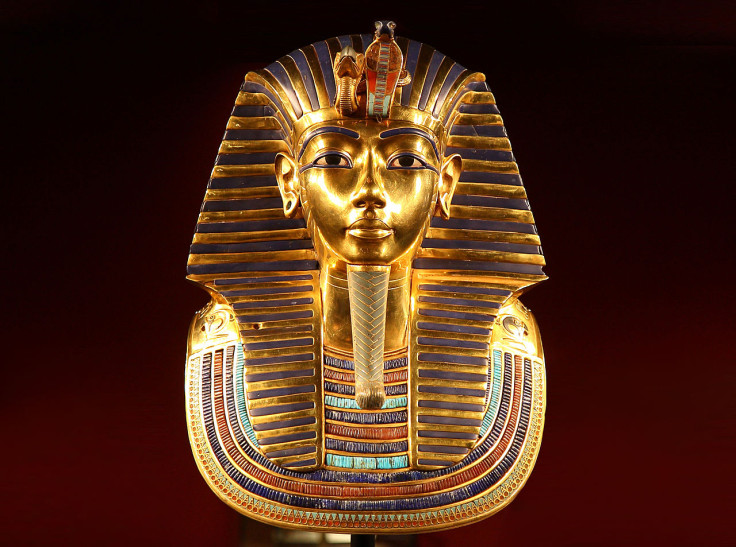Was King Tutankhamun's famous burial mask originally intended for his stepmother Nefertiti?

One of the most famous relics from the ancient world – the golden and heavily decorated funeral mask of ancient Egypt's King Tutankhamun – could have been initially designed for someone else, a leading archaeologist has theorised. Nicholas Reeves, a British Egyptologist, says that the historic mask could have been made for Tutankhamun's stepmother – the mysterious Queen Nefertiti.
In early August, Reeves, of the University of Arizona, detailed how he thought he had discovered a secret passageway within the tomb of Tutankhamun – son of pharaoh Akhenaten. By analysing high-definition photographs, Reeves discovered evidence of bricked-up passageways that could act as a secret passageway to Nefertiti's burial chamber.
Now, in a draft study published on Academia.edu, Reeves argues that the mask wasn't made for King Tut. "Blinded by the piece's sheer beauty and enormous bullion worth, however, the world has looked and yet has completely failed to see — that the gold mask had never been intended for Tutankhamun at all," he writes.
To support his argument, Reeves points to the royal name stamp on the mask, which he claims shows evidence of being doctored and that there is possibly another name beneath the cartouche of King Tutankhamun. "Happily, this reluctant presumption of the mask's textual integrity may now be abandoned," he continued, adding that "a fresh examination of the repositioned and newly relit mask in Cairo at the end of September 2015 yielded for the first time, beneath the hieroglyphs of Tutankhamun's prenomen, lightly chased traces of an earlier, erased royal name."
Working with the Egyptian Museum in Cairo, Reeves has managed to create a "reasonably definitive reconstruction of the nameform originally borne by the mask". "This name indeed confirms the conclusion I had reached previously on non-inscriptional grounds — namely, that Tutankhamun's headpiece had been prepared originally for the co-regent."
"In combination with the remains of three short verticals beneath the later plural strokes of the Tutankhamunxprwand a heavily re-emphasisedra, what these traces plainly spell out, from right to left, is the praenomenanx-xprw-ra— Ankhkheperure." To explain this, he writes "There exists two versions of the Ankhkheperure phenomena. The first … was a form employed exclusively by the female coregent Neferneferuaten. Use of the second, without epithet, appears to have been restricted to the pharaoh Smenkhkare."
More research is now needed to explain why Tutankhamun became owner of the mask.
© Copyright IBTimes 2025. All rights reserved.






















